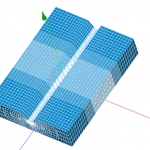
SINDRI partners from EDF and The University of Manchester have built a Welding Workbench tool for weld residual stress modelling, in an important milestone for the project.
What is the Welding Workbench?
The welding workbench is a tool built for weld residual stress modelling. Designed to make the setup, running and interpretation of finite element-based models a lot easier and quicker, when predicting residual stresses in weld components.
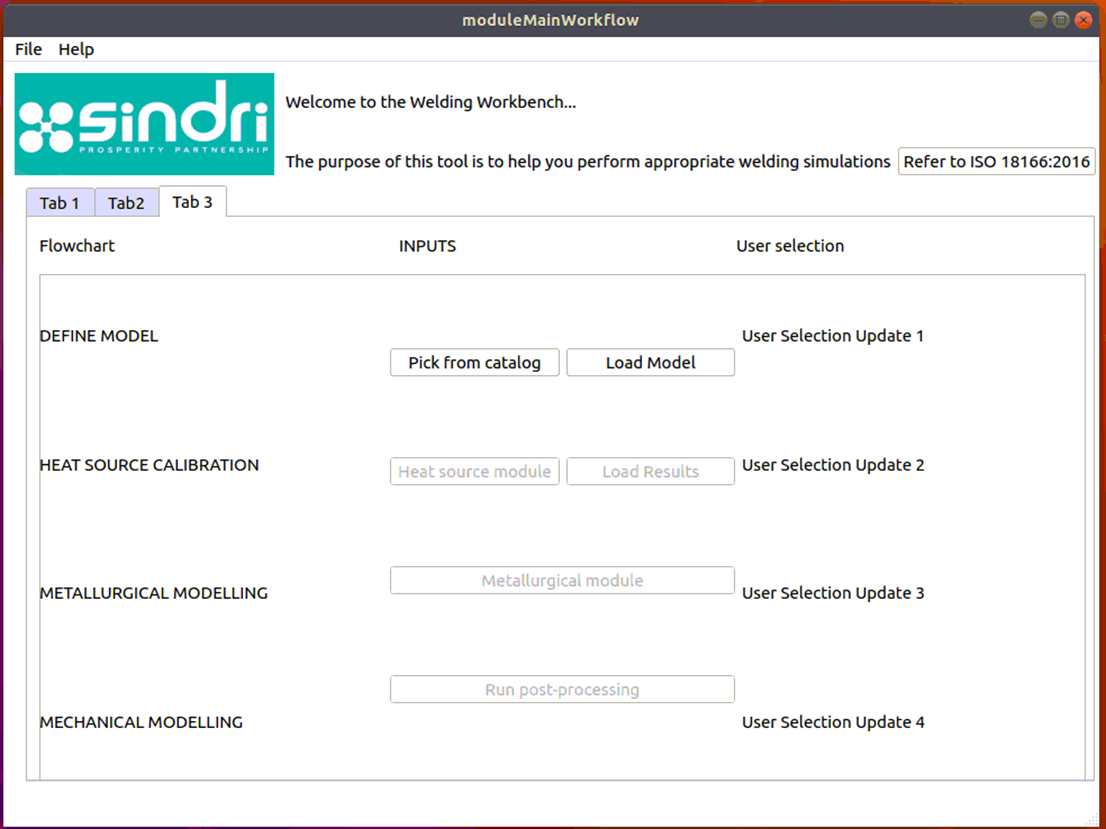
Figure 1: A view of the Welding Workbench tool
It plans to standardise the workflow of weld simulations (Figure 1) as well as implementing best practices from industry and academia (Figure 2). In addition it aims to separate engineering from IT tasks to provide an automated and user-friendly experience.
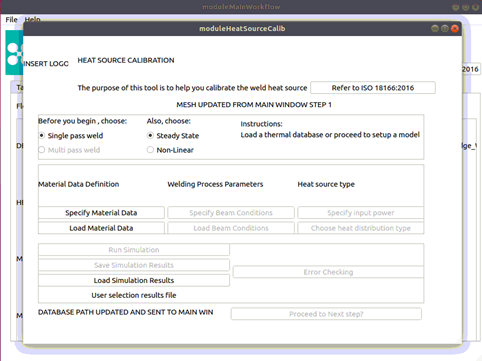
Figure 2 Welding Workbench
The tool comes with various features; it will be able to point the user in the direction of best practice for their problem, as well as allow them to build mesh models from a catalogue of common weld geometries (Figures 3-4); and run heat source calibrations, metallurgical computations, and mechanical computations on those models, to arrive at a residual stress solution, following the R6 engineer procedures workflow.
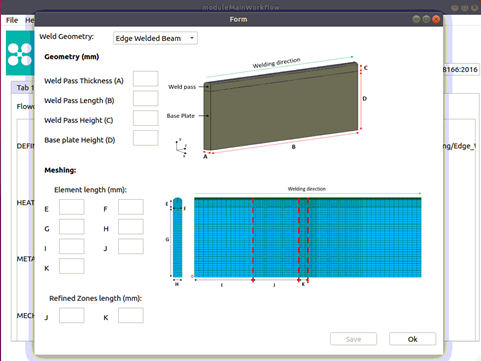
Figure 3: Mesh building module
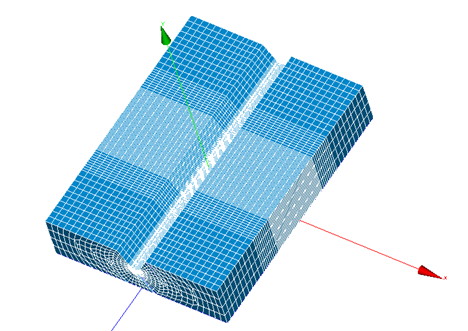
Figure 4: Mesh built from workbench
Within a few clicks, someone can go from very little knowledge of weld modelling to being able to produce a residual stress prediction (Figure 5), following best practice from industry and academia. This resultant outputs, can then be used for a failure assessment of a welded component.
This also facilitates training new engineers in structural integrity assessments following R6 defect assessment procedures.
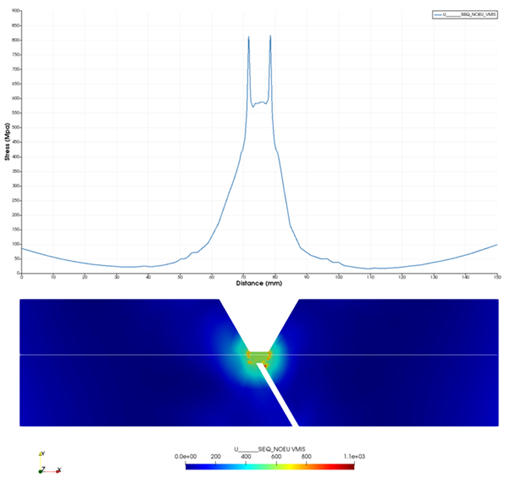
Figure 5 Residual stress profile generated from the welding workbench
Why do we need the Welding Workbench?
Welds are found in critical components of nuclear power plants, such as the EPR penetration welds found at Flamanville (Figure 6). The lifetime of these structural components can be significantly influenced by residual stresses.
Therefore, being able to understand and model the formation of these stresses is important to the generic design assessment (GDA) process for new reactors and for long term safety assessments, to prevent premature failure of critical components.
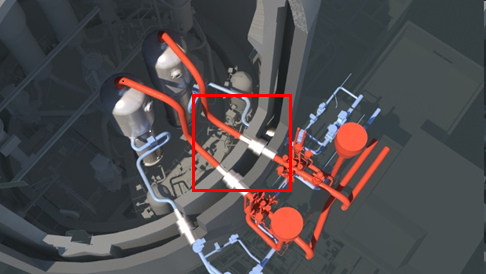
Figure 6 Critical EPR penetration welds from Flamanville. (Image: ANS)
The underlying physics of the weld materials causes these models to be extremely complex to setup, and their difficulty is exacerbated when dealing with multiple weld passes or dissimilar materials.
Also due to the complexity and time taken to run reliable simulations weld residual stress modelling is currently a non-standard industrial technique, and so remains at a relatively low technology readiness level.
Thus, a simple automated tool that deploys some of the simulation methodologies in the public domain more intelligently can help remove human errors, as well as enabling academic and industrial partners to perform weld residual stress studies more readily, in a standardised manner.
This will result in better application of data across length scales, speeding up research and development, which in turn will support the deployment of new nuclear technologies, and will also help upskill the community.
Dr. Jefri Draup, Lead Research Engineer at EDF R&D UK Centre commented:
“GDA and lifetime assessment of welded components is a time consuming endeavour. Justifying safe operations to the regulator is also difficult because of a skills shortage in weld residual stress prediction.
The Welding Workbench really has the power to democratise these niche, high-end skills. This will help to speed up the GDA process and providing safety justifications to the regulator. Long term, this will help drive down the costs of nuclear”.
